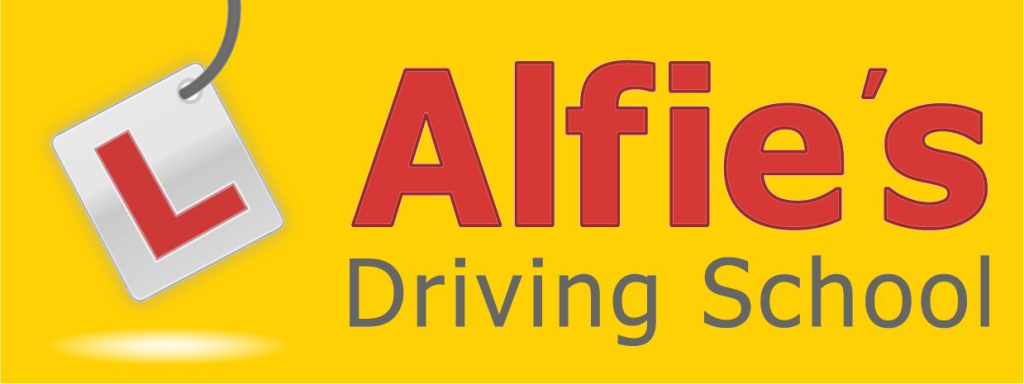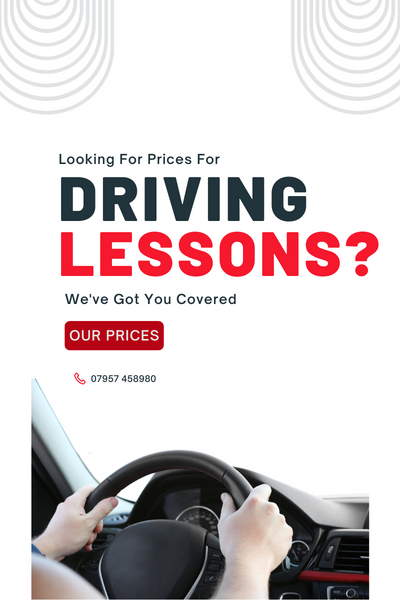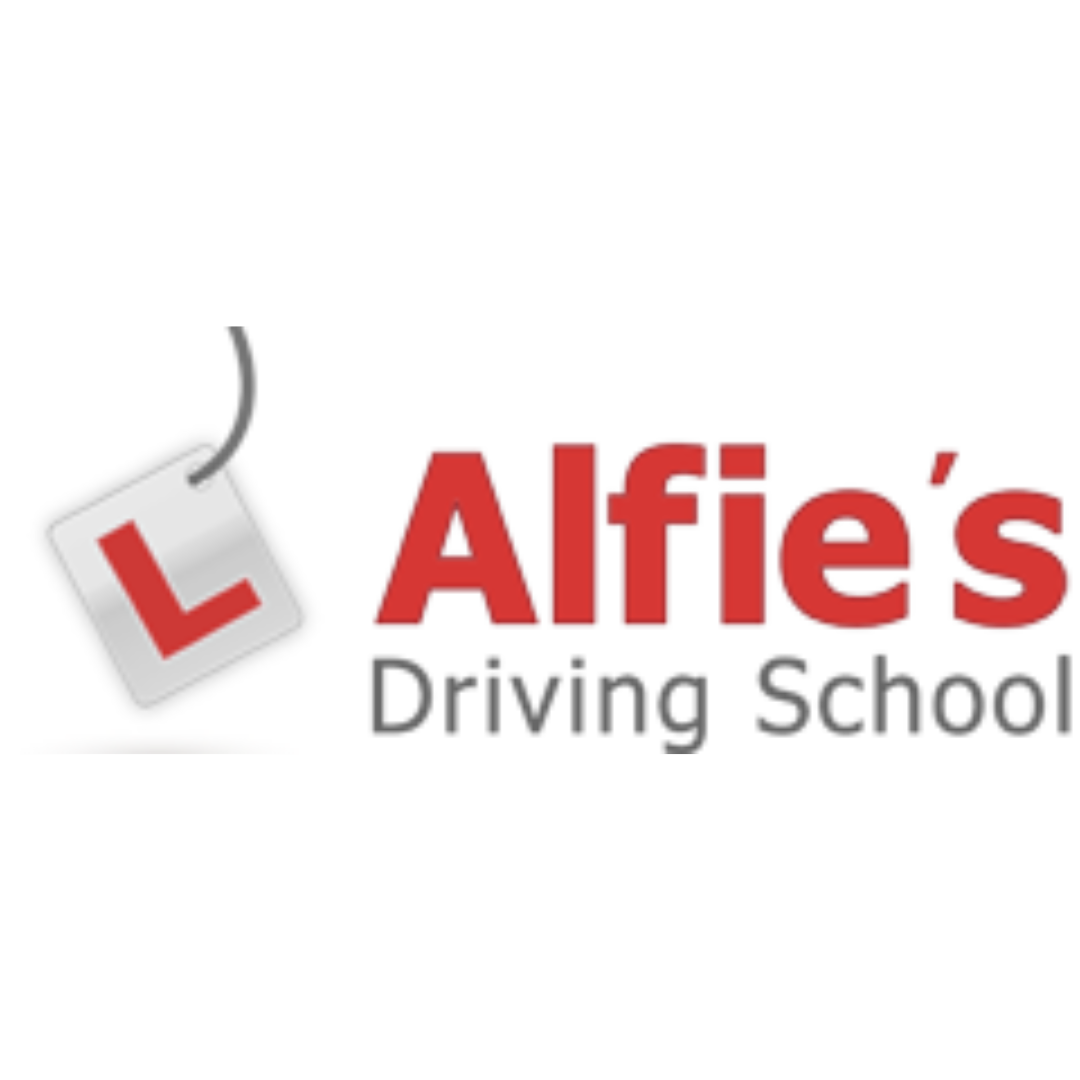Every year, hundreds of thousands of copies of The Highway Code are sold, ensuring that it remains on the best-seller lists for an extended period of time. It is one of the few books still in existence that can lay claim to having saved tens of thousands of lives over the years.
The first edition, which was published in 1931, contained the following information: Since the Code’s inception, it has been subjected to periodic amendments to keep pace with technological advancements as well as innovations in traffic management and road safety. The first time traffic signs were depicted in a diagram was in the second edition, which contained only ten signs in all. Now there are many, many more.
These days, UK learner drivers have to pass a theory test before they can take their practical driving test. The driving theory test is multiple-choice, with one of the 20 questions in its Hazard Perception section being about road signs. You can’t miss them. They are the most important things to pay attention to while driving on the road. But what happens when you come across a sign you do not know? Here is a brief overview of road signs and how you can work out what they mean.
There are hundreds of different road signs, each with its unique meaning, on this stretch of road. However, based on their shape, the majority of them fall into one of three categories. The general guideline is as follows:
- Circular road signs: Circular road signs convey orders, and they must be followed in order to remain within the boundaries of the law. Circles with a red border indicate what you are not allowed to do such as take a U-turn. Blue circles are typically used to convey something that you can do, such as ‘turn left ahead of you.
- Triangle road signs: Triangular road signs are warnings. In the shape of an equilateral triangle, road signs are intended to alert you to changes in the road layout or any potential hazards that may be ahead, such as sharp turns. They are usually always surrounded by a red border.
- Rectangle road signs: Road signs in the shape of rectangles communicate. Motorways are marked with blue rectangular signs, principal roads are marked with green rectangular signs, and minor roads are marked with white rectangular signs, all of which are numbered. The use of rectangular signs can also be used to designate bus lanes and congestion fee zones.
The majority of traffic signs, such as speed restrictions, should be self-explanatory; nevertheless, there are a few that are not quite so obvious. These might include the ever-confusing ‘National Speed Limit Applies sign’. Where you are driving changes the national speed limit. So, how fast should you be going and where?
- In built-up areas, where there are street lamps placed no more than 200 yards apart, the speed limit is 30mph for all vehicles.
- On a single carriageway, cars and vans should do a maximum of 60mph, but 50mph if towing
- On a dual carriageway or a motorway, cars and vans should be doing 70mph, and towing vehicles should be doing 60mph.
Of course, even when the national speed limit applies, it might not always be safe or practical to drive at that speed, so use your common sense on this. It is a limit, not a target.



